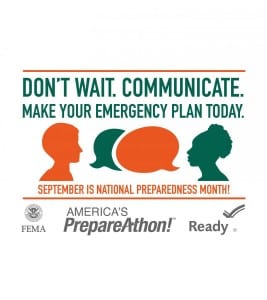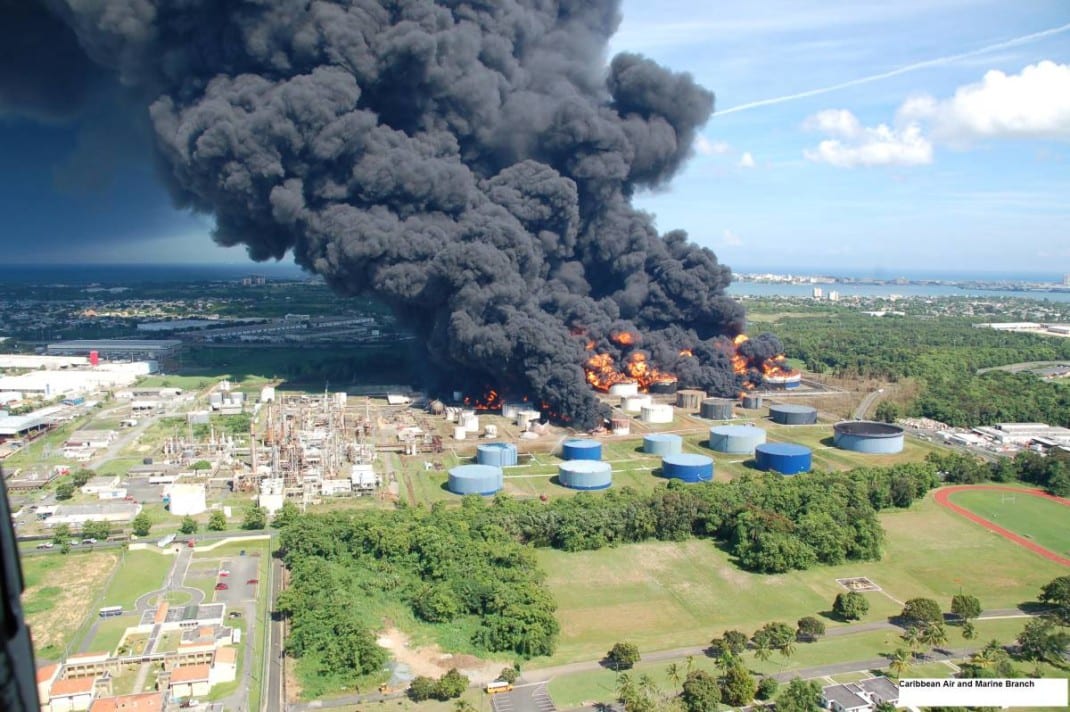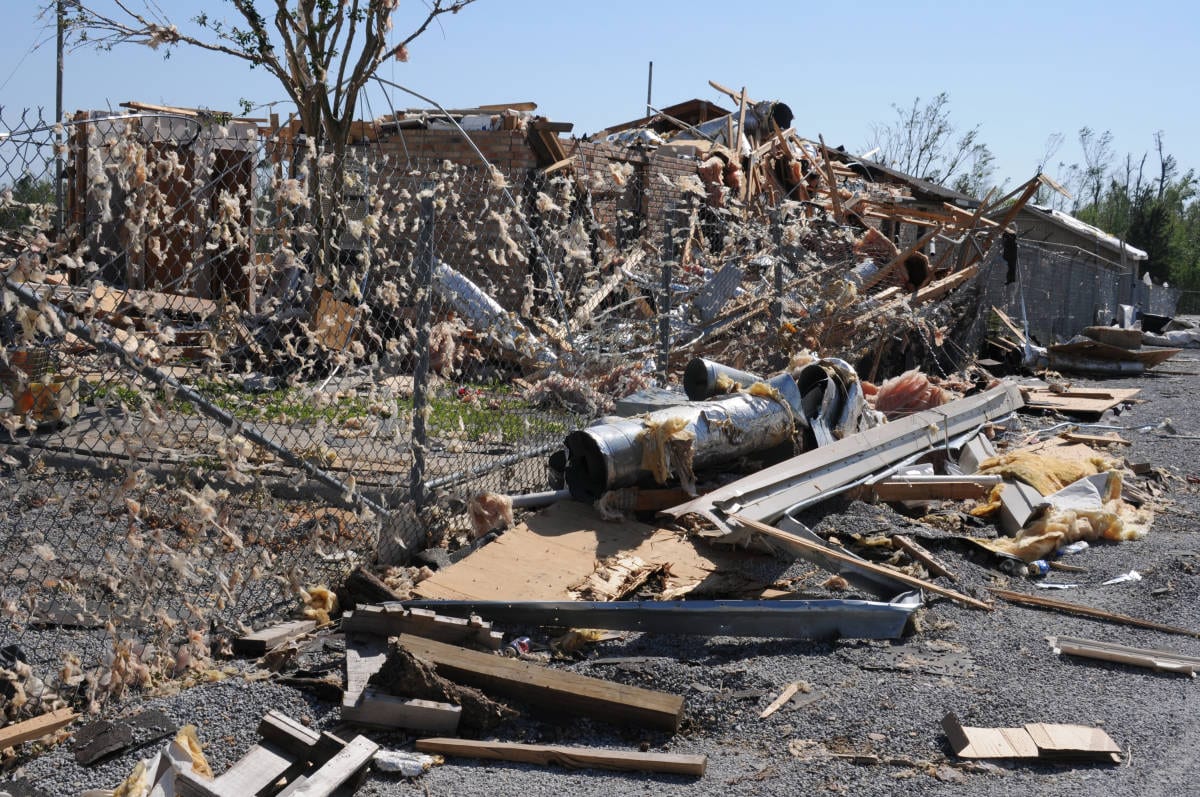Video Courtesy of FEMA (Top Picture Courtesy FEMA)
If a major earthquake struck, would you be prepared? Would you have all the resources necessary to survive the days that followed? Disasters can happen at any time, and for those who are unprepared, not having a plan for food and shelter can lead to devastating consequences. September is National Preparedness Month, and in partnership with FEMA, southern Utah law enforcement and emergency services agencies are conducting the ‘Ready’ campaign.
The ‘Ready’ program is “a national public service advertising (PSA) campaign designed to
educate and empower Americans to prepare for and respond to emergencies including natural and man-made disasters. The goal of the campaign is to get the public involved and ultimately to increase the level of basic preparedness across the nation.”
As part of September National Preparedness Month, the Ready program asks citizens to follow a few steps: have on hand an emergency supply kit, create a family emergency plan, gather information about the different types of emergencies you or your family might face, and get involved with any community groups in your area.

A basic disaster supply kit should have each of the following:
- A minimum of one gallon of water per person per day for at least three days. This will be for both drinking and sanitation.
- A three day supply of non-perishable food and a non-electric can opener
- A hand crank or battery-powered radio, and/or NOAA Radio with extra batteries.
- Flashlight or headlamp and extra batteries.
- First aid kit.
- Whistle.
- Dust mask and duct tape.
- Pre-moistened towels (baby wipes), garbage bags and plastic ties.
- Wrench and/or pliers.
- Maps of the local area.
- Cell phone(s) with charger, inverter and/or solar charger.
When making a plan, remember family members may not be together if a disaster occurs. The Ready campaign recommends that each of the following situations be given careful consideration: How will each family or household member get emergency alerts and warnings? How will each of my family/household get to safe ground? How will each member of the household stay in communication if all electronic communication stopped (cell phone, landline or internet)? How will I communicate with loved ones in order to let them know I am safe? How will family/household get to a meeting place after the disaster?
The ‘Get Involved’ aspect of the campaign states, “the formula for ensuring a safer homeland consists of volunteers, a trained and informed public, and increased support of emergency response agencies during disasters.”

Get Involved recommends that citizens volunteer to be part of a Community Emergency Response Team, Medical Reserve Corp., and/or other Citizen Corps Partner Program or Affiliate organizations. It also recommended that volunteers take part in the community planning process, join or start a preparedness project, and donate money or goods to assist in the needs of the community during an emergency.
The Ready website has forms for planning and links for more information. Each week in September National Preparedness Month will have a different focus. Week 1 will be dedicated to flooding preparedness, week 2 will look at wildfire dangers, week 3 examines hurricanes, week 4 will be power outages, and the 5th and final week will have National PrepareAthon Day on Sept. 30. For more information on September National Preparedness Month and the Ready program, visit www.ready.gov. For tips and information specific to Utah, visit www.BeReadyUtah.gov.




